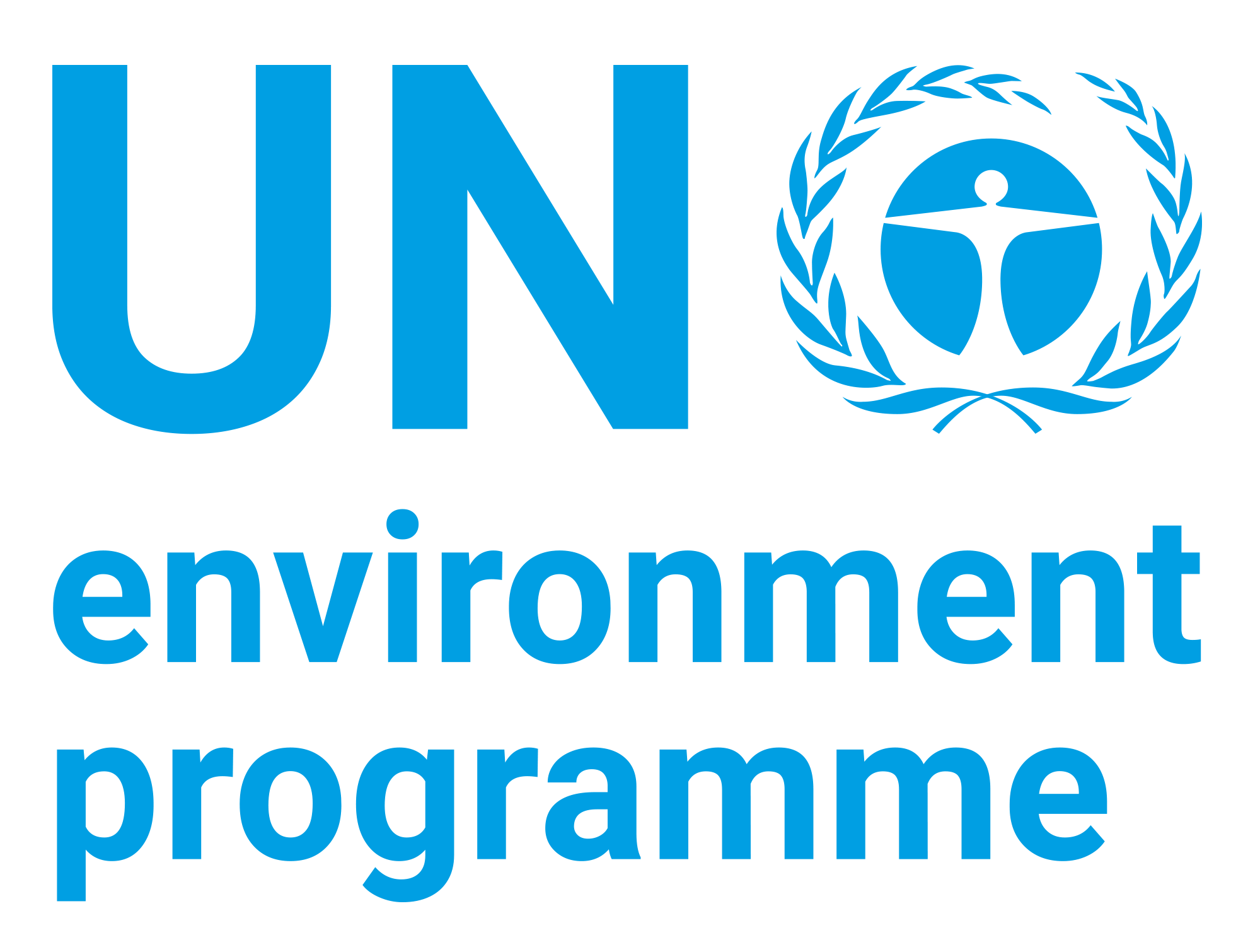| dc.contributor.author | United Nations Environment Programme | en_US |
| dc.coverage.spatial | Global | en_US |
| dc.date.accessioned | 2016-10-11T20:00:38Z | en_US |
| dc.date.available | 2016-10-11T20:00:38Z | en_US |
| dc.date.issued | 2010-09 | en_US |
| dc.identifier.issn | 1013-7394 | en_US |
| dc.identifier.uri | https://wedocs.unep.org/20.500.11822/7868 | en_US |
| dc.description | The year 2010 — the United Nations International Year of Biodiversity — has seen a remarkable re-focusing of global attention on the accelerating degradation of the planet’s ecological infrastructure. It has also witnessed growing awareness of the enormous opportunities for lives and livelihoods — including for the poor — in managing it far more intelligently. Until recently, biodiversity and ecosystems were seen as poor relations of climate change. Now the challenges and opportunities presented by the fate of the Earth’s life support systems are recognized as being just as important. This has been driven by new science and by new policy and investment choices by Governments, including giving a green light to reduced emissions from deforestation and forest degradation (REDD) initiatives. | en_US |
| dc.language | English | en_US |
| dc.language | French | en_US |
| dc.language | Spanish | en_US |
| dc.publisher | UNEP | en_US |
| dc.relation | 220 | en_US |
| dc.rights | Public | en_US |
| dc.subject | ecosystem | en_US |
| dc.subject | biodiversity | en_US |
| dc.title | Our Planet: Natural Capital - The Economics of Ecosystems and Biodiversity | en_US |
| dc.type | Serials | en_US |
| wd.identifier.sdg | SDG 14 - Life Below Water | en_US |
| wd.identifier.sdg | SDG 15 - Life on Land | en_US |
| wd.identifier.pagesnumber | 36 p. | en_US |
| wd.identifier.sdgio | http://purl.unep.org/sdg/SDGIO_00000048 | en_US |
| wd.identifier.sdgio | http://purl.unep.org/sdg/SDGIO_00000049 | en_US |


